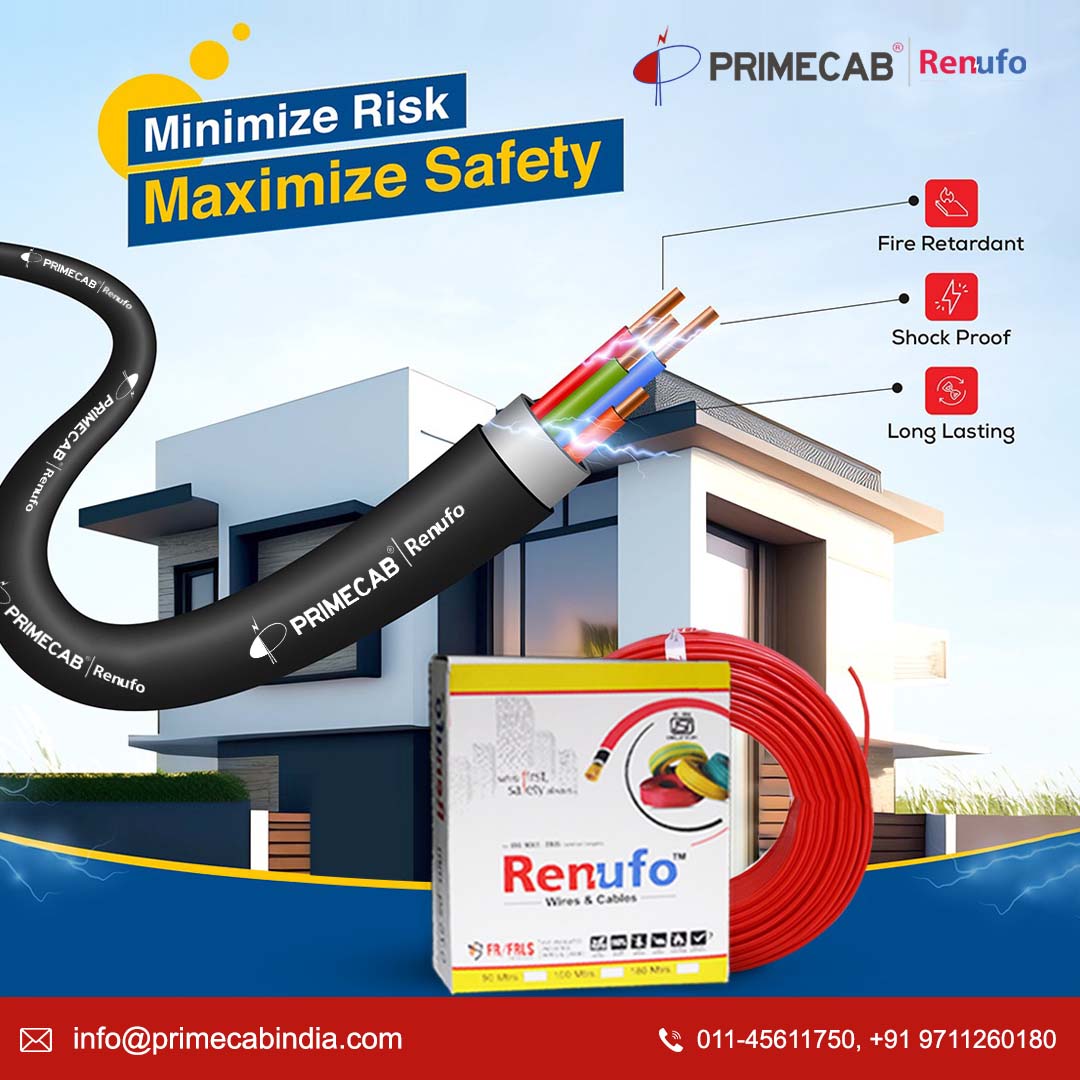The Secrets House Wire Manufacturers Won't Tell You (But We Will!)
The walls of your home are a complex network of veins, carrying the lifeblood of electricity – wires. But what goes into these seemingly simple cables?
While manufacturers prioritize safety and industry standards, there's valuable knowledge they might not readily advertise.
Here's a peek behind the curtain. Decode the secrets house wire manufacturers won't tell you (but we will!):
1. Every copper wire is different:
Copper is the king of electrical conductors, but there's a hierarchy within its reign. Typically, house wires use electrolytic tough pitch (ETP) copper. It's a good conductor, readily available, and cost-effective.
However, a hidden gem exists: annealed copper (CA). This undergoes additional processing, resulting in a smoother, more flexible wire. While marginally more expensive, CA offers several benefits:
- Reduced risk of damage: ETP's slightly rougher texture is more prone to nicks during installation, potentially compromising safety.
- Easier handling: Bending corners and navigating tight spaces becomes a breeze with CA's superior flexibility.
- Improved longevity: CA's smoother surface offers better resistance to fatigue from repeated bending, extending the wire's lifespan.
2. Wire Size Matters (A Lot)
Have you ever thought why experts heed to the right wire size? It's not just for looks! The thickness of a wire, shown by a number (like 14 gauge or 12 gauge), indicates us how much electricity it can safely carry.
Using a too thin wire means trying to put a lot of water through a small straw—it just can't handle it. This can cause the wire to get too hot. This may lead to a fire or melt the wire.
On the other hand, if your wire is too thick, it doesn't help much and costs more money.
- It's important to know how much electricity a wire can handle.
- Local building rules say what size wire you need based on how many appliances are plugged in.
- Always ask a qualified electrician to make sure your wires are the right size for safety and to work well.
3. Always Double Check Color Codes
No manufacturer will ask you to check color codes. Note that wire colors often indicate their function.
- Black for hot
- White for neutral
- Green or bare for ground
Never rely solely on color coding.
Mistakes can happen during manufacturing or previous electrical work. It is good to use a reliable electrical tester to verify wire polarity before making any connections.
4. The Unsung Hero – Insulation
The colorful jacket surrounding the copper isn't just for decoration. It's the unsung hero, the insulation, guarding against electrical shocks and short circuits. Common insulation materials include:
- PVC (Polyvinyl Chloride): A cost-effective and widely used option, but its flexibility can decrease in cold temperatures.
- NM-B (Non-metallic sheathed cable): This popular choice, often nicknamed "Romex," has a flame-retardant PVC jacket, making it suitable for most in-wall applications.
- THHN (Thermoplastic High Heat Resistant Nylon): As the name suggests, THHN offers superior heat resistance, making it ideal for hot environments like saunas or attics.
5. Get Your Wires from the Best Manufacturer:
House wiring is not the place to cut corners. Purchase wires from established electrical supply stores or reputable online retailers. So, it is always good to find the best and most reputable house wire manufacturers. Prime Cable is a leading company, known for manufacturing and supplying top-class wires and cables.
The bottom line is that by knowing these secrets, you can be a super-informed detective about the wires in your house. But for big jobs, always call in electricians and choose the best house wire manufacturer!






